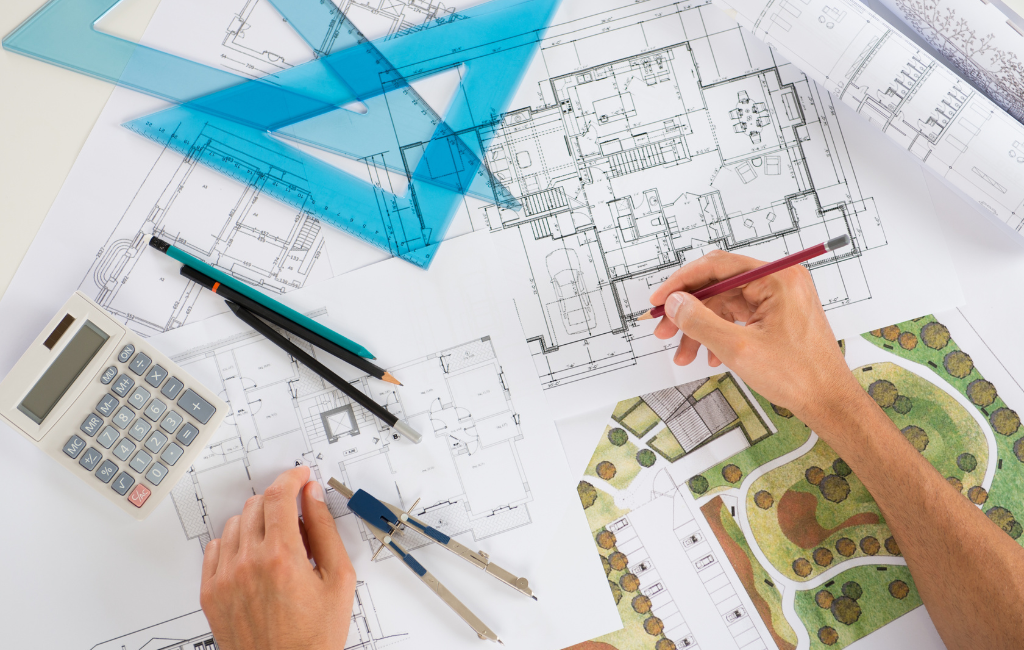Architect Insights for Functional Design
Functional design in architecture is about creating spaces that are not only aesthetically pleasing but also practical and efficient. This article explores insights from architects on how to achieve functional design, supported by examples, case studies, and statistics.
Understanding Functional Design
Functional design focuses on the usability and efficiency of a space. It involves considering the needs of the occupants and ensuring that the design facilitates their activities. This approach can be applied to various types of buildings, from residential homes to commercial spaces.
Key Principles of Functional Design
- Space Utilization: Efficient use of space is a cornerstone of functional design. This involves creating layouts that maximize the available area without compromising comfort.
- Flexibility: Spaces should be adaptable to different uses and future changes. This can be achieved through modular furniture, movable walls, and multi-purpose rooms.
- Accessibility: Ensuring that spaces are accessible to all individuals, including those with disabilities, is a fundamental aspect of functional design.
- Ergonomics: Designing spaces that promote good posture and reduce strain on the body is crucial for both residential and commercial environments.
- Sustainability: Incorporating sustainable practices and materials can enhance the functionality of a space by reducing energy consumption and environmental impact.
Case Studies in Functional Design
Residential Spaces
One example of functional design in residential spaces is the “tiny house” movement. These homes, typically under 400 square feet, are designed to maximize every inch of space. Features such as lofted beds, built-in storage, and multi-functional furniture allow residents to live comfortably in a small area.
Commercial Spaces
In commercial architecture, the design of office spaces has evolved significantly. Open-plan offices, for instance, promote collaboration and flexibility. Companies like Google and Facebook have embraced this concept, creating work environments that include communal areas, quiet zones, and recreational spaces to enhance productivity and employee satisfaction.
Statistics on Functional Design
Research shows that functional design can have a significant impact on productivity and well-being. A study by the World Green Building Council found that employees in green, well-ventilated offices experience a 101% increase in cognitive scores. Additionally, the American Society of Interior Designers reports that 68% of employees are dissatisfied with their workspace, highlighting the need for better functional design in offices.
Architect Insights
Incorporating Technology
Modern technology plays a vital role in functional design. Smart home systems, for example, allow residents to control lighting, temperature, and security from their smartphones. In commercial spaces, technology can streamline operations and improve communication.
Community Engagement
Engaging with the community during the design process can lead to more functional spaces. Architects can gather valuable feedback from future occupants to understand their needs and preferences. This approach has been successfully implemented in projects like the High Line in New York City, where community input helped shape the design of the public park.
Balancing Aesthetics and Functionality
While functionality is paramount, aesthetics should not be overlooked. A well-designed space should be visually appealing and reflect the personality of its occupants. Architects often use elements like natural light, color schemes, and textures to create harmonious and functional environments.
Challenges in Functional Design
Despite its benefits, functional design can present challenges. Budget constraints, for instance, can limit the ability to implement certain features. Additionally, balancing the needs of different occupants can be complex, especially in multi-use spaces.
Overcoming Challenges
To address these challenges, architects can prioritize the most impactful design elements and seek cost-effective solutions. Collaboration with clients and stakeholders is also key to ensuring that the final design meets everyone’s needs.
Future Trends in Functional Design
The future of functional design is likely to be influenced by advancements in technology and changing societal needs. Trends such as remote work, for instance, may lead to an increased demand for home offices and flexible workspaces. Sustainability will also continue to be a major focus, with architects seeking innovative ways to reduce the environmental impact of their designs.
Embracing Innovation
Architects are increasingly exploring new materials and construction methods to enhance functionality. 3D printing, for example, allows for the creation of complex structures that would be difficult to achieve with traditional building techniques. This technology can also reduce waste and lower construction costs.
Conclusion
Functional design is about creating spaces that are practical, efficient, and adaptable. By focusing on key principles such as space utilization, flexibility, accessibility, ergonomics, and sustainability, architects can design environments that meet the needs of their occupants. Through case studies and statistics, we see the positive impact of functional design on productivity and well-being. As technology and societal needs evolve, architects will continue to innovate and find new ways to enhance the functionality of their designs.
